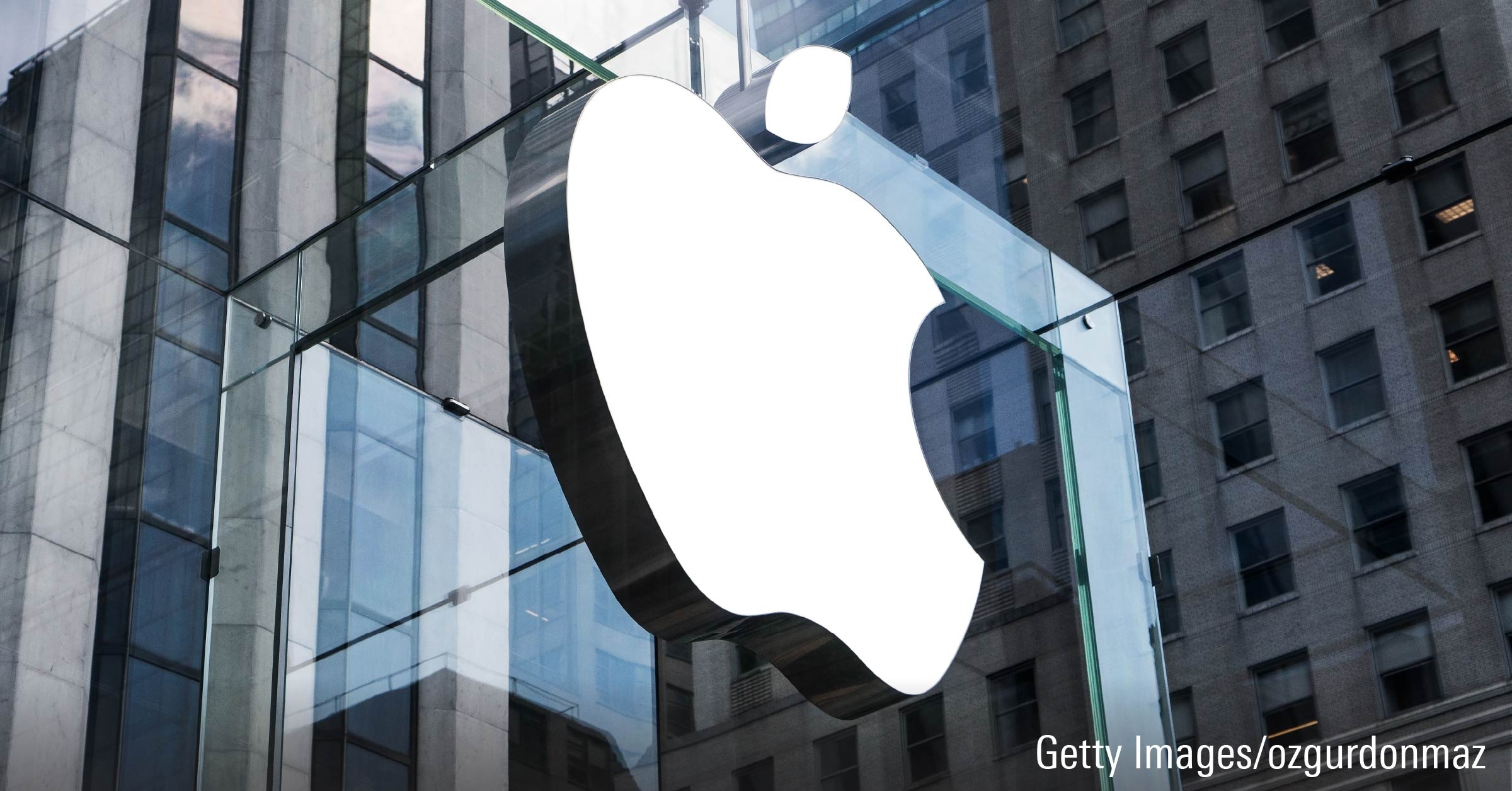While ETFs offer many advantages over other investment vehicles, there are a number of situations in which these advantages can be eroded through the careless actions of the investor. In this article, we take a look at some ways ETFs are used that are counter to sound investing principles. We encourage investors to adopt the use of ETFs in certain circumstances, but do not think that adopting this investment vehicle allows you to abandon the time-tested principles of sound investing. If and when you decide that ETFs are right for you, be sure to take advantage of the resources Morningstar has to offer, such as the ETF analyst reports, to help you find the right product for your needs.
Rapid Trading
Does the ability to trade ETFs on the market encourage high turnover? One of the disadvantages of mutual funds that inspired the idea of the ETF was the inability to trade at any point during the day. Mutual fund providers will trade with you at net asset value without charging a bid-ask spread or commission, but only once a day, after the market closes. Once-per-day trading discourages high frequency traders. In fact, some mutual funds even use redemption fees to discourage trading over periods as short as a few months. In contrast, you can trade ETFs as often as you desire--but do so at your own peril. Unlike with mutual funds, each time you trade an ETF you incur a commission charge from your broker, a bid-ask spread cost, and potentially higher tax costs. Perhaps more importantly, studies have shown that investors who trade more frequently earn lower returns. The return that an investor actually gets, rather than the buy and hold return, is a concept Morningstar measures through data called Investor Returns. The frequent trading of ETFs is a major reason for John Bogle's skepticism of the product.
Most Efficient Vehicle?
While the ETF is quickly replacing the mutual fund for stock indexes, the same is not true for bond indexes. While the stock market is highly liquid and stock prices almost never go stale, this is not true in fixed-income markets. Bonds often trade infrequently, and transactions still are largely conducted over the telephone. Perhaps more importantly, the asymmetric return pattern on bonds demands proper diversification. With bonds, the maximum upside we can expect is capped at maturity as a bond will pay only par plus the coupon. But if the bond defaults, the downside can be 100%. Thus bonds returns exhibit a negative skew. Just one default could cause a bond portfolio to underperform. Whereas active stock fund managers prefer more nimble, smaller portfolios, bond fund managers require the economies of scale of larger funds. Thus smaller bond ETFs may not be able to reach the scale necessary to achieve diversification. This has not stopped ETF providers from offering ever more bond ETFs, where they slice and dice the bond market into narrower segments.
Democratization of Asset Classes
New asset classes allow us to place bets where we never could before. But just because we can, does that mean we should?
Before the proliferation of commodity ETF, it was difficult for small, individual investors to allocate a portion of their portfolios to commodities. There was just not a convenient vehicle through which to invest, and storing commodities in small amounts is expensive and risky. Before ETFs, the most viable option for commodity investing was directly through the futures market or with a commodities trading advisor. But this either requires a futures brokerage account and a certain level of trading sophistication or results in high fees and lack of transparency when using an advisor. ETFs democratize investing in commodities by making it as simple as buying a stock. While there is nothing wrong with using commodity ETFs, the market may not be liquid or developed enough for everyone to rush in at once and allocate 5% of their portfolios to commodities, without causing temporary price distortions. There is some evidence that the demand for commodities from ETFs has distorted prices, resulting in strong contango which leads to a negative roll yield. More stringent position limits have been suggested in order to deal with such distortions. Additionally, ETF providers have suffered from unfortunate timing, launching a variety of commodity ETFs at the peak of a commodity bull market.
While there are no bigger fans of the ETF structure than the ETF team here at Morningstar, we do realize that they are not perfect in every situation. The ETF cost advantage and ease of trading often makes it a logical replacement for index mutual funds. That does not mean that these same benefits will translate to every asset class. Likewise, just because we can now day trade our fund investments, does not mean that we should.






.png)










